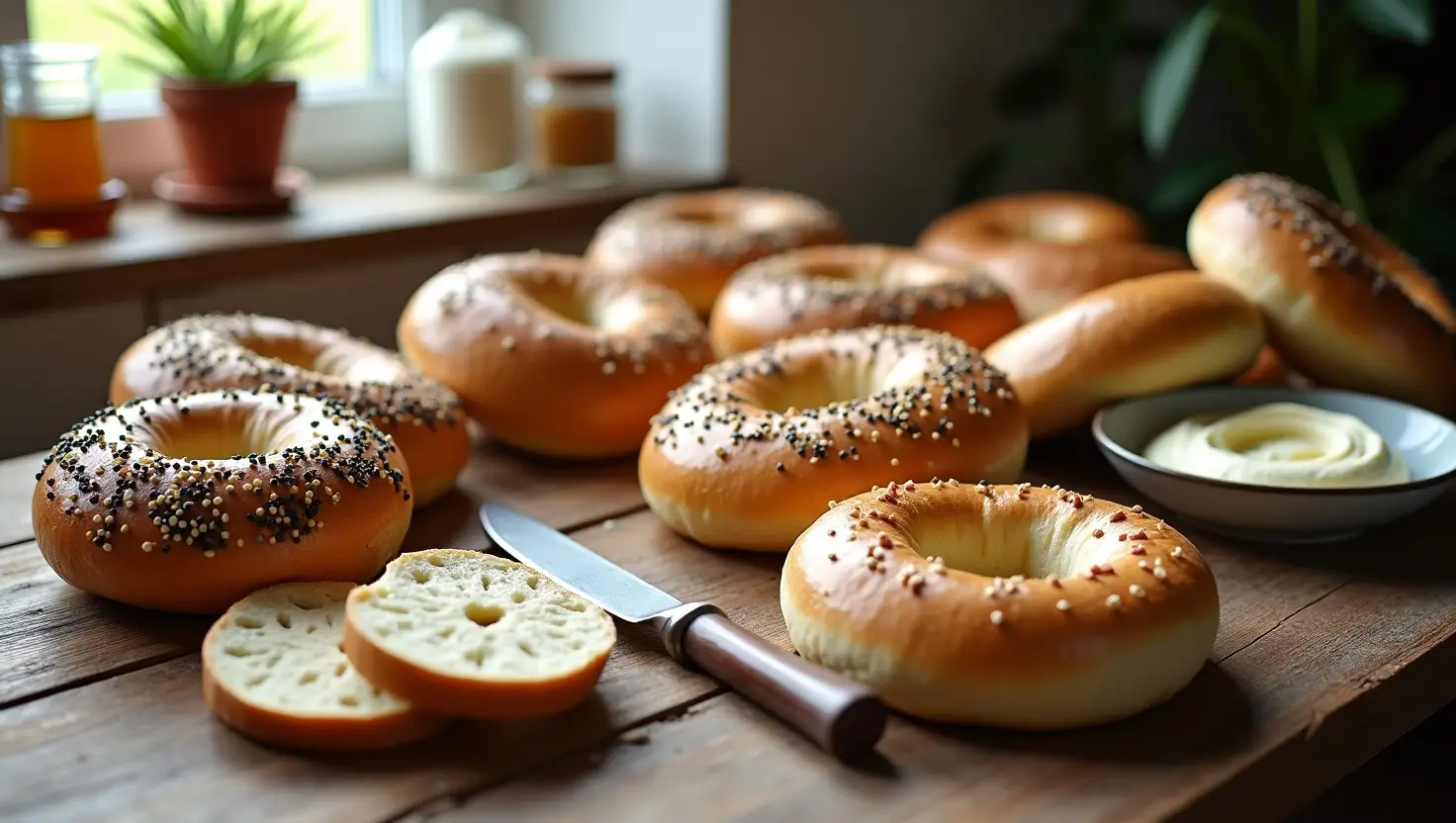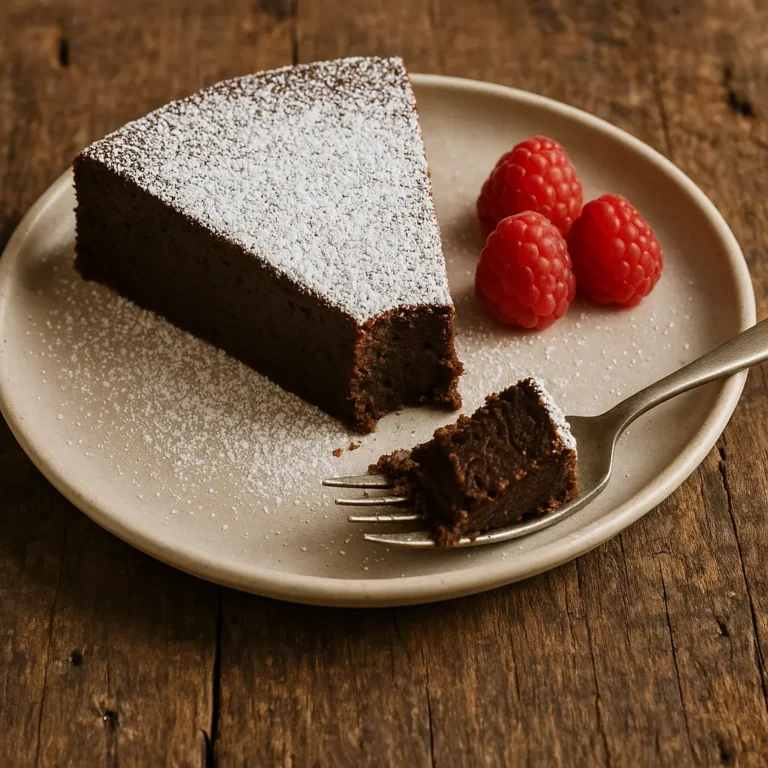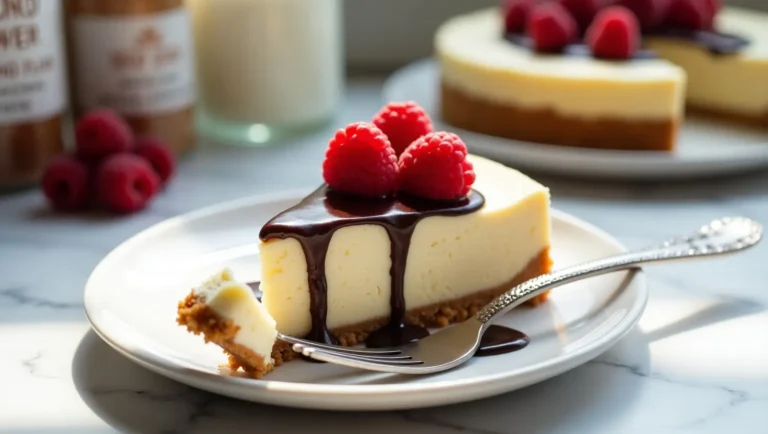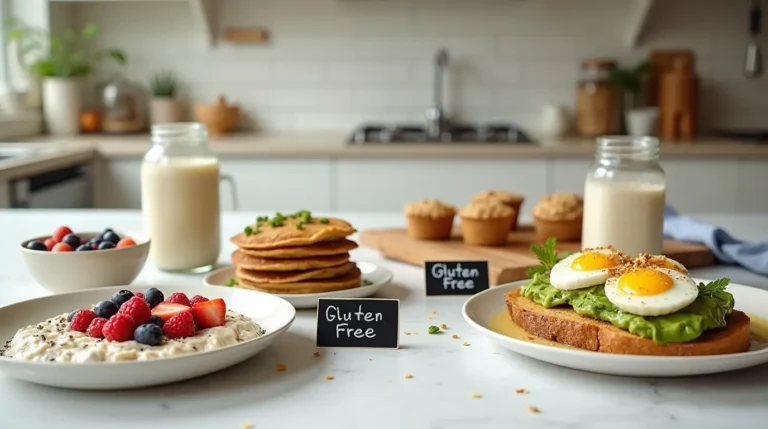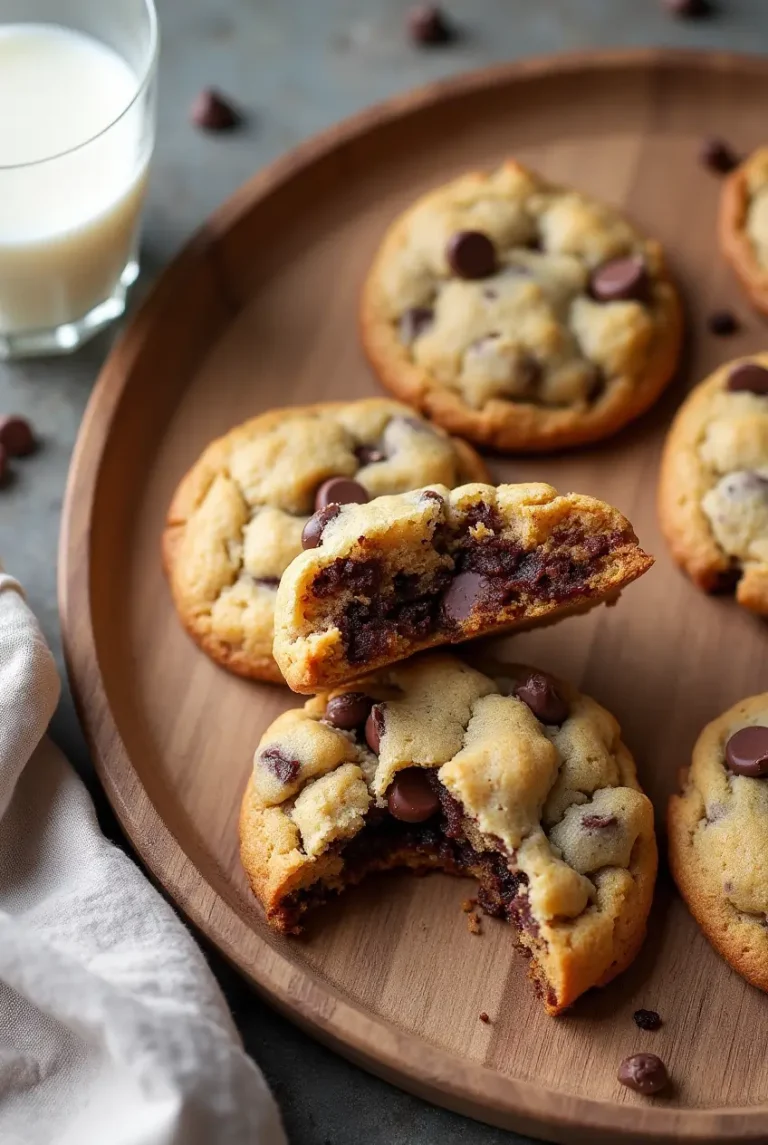Best Gluten-Free Bagels: Delicious & Healthy Options in 2025
Introduction: Rediscovering the Joy of Bagels—Without the Gluten
Remember the first time you bit into a warm, chewy bagel? That satisfying crunch on the outside, the soft pull of dough inside—pure comfort. Now imagine that same experience, but completely gluten-free. Sounds too good to be true? It’s not. BGluten-Free Bagels
Whether you’re avoiding gluten due to celiac disease, sensitivity, or simply a health-conscious choice, you don’t have to miss out. The gluten-free market has exploded in recent years, and today’s options are better than ever. No more chalky textures or bland flavors—just real, delicious bagels that happen to be gluten-free.
In this guide, you’ll discover:
✅ The best store-bought gluten-free bagels (no more trial-and-error spending)
✅ An easy homemade recipe (so good, no one will guess it’s GF)
✅ What to look for (and avoid) when shopping
✅ Health perks beyond just being gluten-free
✅ Common mistakes that ruin the experience
Let’s find your next favorite bagel.
Table of Contents
What Makes a Great Gluten-Free Bagel?
Not all gluten-free bagels are created equal. The best ones nail three key things:
1. Texture: Chewy, Not Chalky
A good bagel should have:
- A slightly crisp exterior (thanks to boiling before baking)
- A soft, chewy interior (not gummy or dry)
- No gritty aftertaste (a sign of poor flour blends)
2. Flavor: Bold, Not Bland
Avoid bagels that taste like “health food.” The best options have:
- A mild sweetness (from honey or maple syrup in the dough)
- Savory depth (especially in everything or garlic flavors)
- No weird aftertastes (some GF flours can leave a metallic hint)
3. Clean Ingredients
Watch out for:
- Excessive gums (xanthan or guar gum should be low on the list)
- Refined starches (tapioca or potato flour as main ingredients = less nutrition)
- Hidden sugars (some brands add unnecessary sweeteners)
Pro Tip: Look for bagels made with almond flour, oat flour, or chickpea flour—they offer more protein and fiber than traditional rice-flour blends.
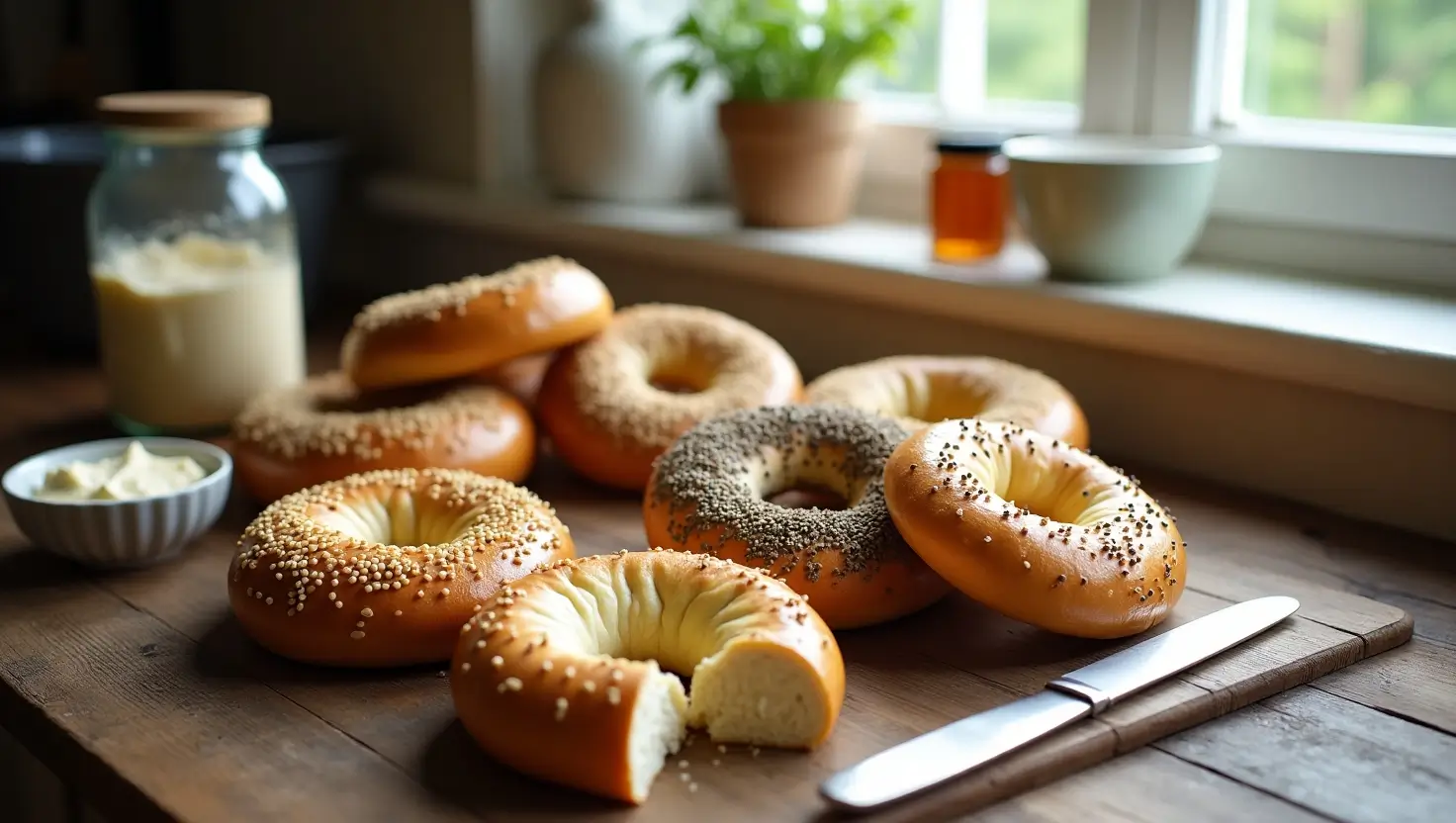
Top 7 Gluten-Free Bagel Brands to Try in 2025
After testing dozens of options, these stand out:
1. Canyon Bakehouse – Best Overall
✔ Why you’ll love it: The closest to a traditional bagel in texture.
✔ Flavors: Everything, plain, cinnamon raisin
✔ Where to buy: Walmart, Target, Amazon
2. Udi’s – Best for Toasting
✔ Crispiest when toasted (perfect for breakfast sandwiches)
✔ Widely available (even in mainstream grocery stores)
3. Simple Kneads – Best Sourdough Option
✔ Fermented for easier digestion
✔ Unique flavors like quinoa & chia
(Continue with 4 more brands, highlighting pros, cons, and availability.)
How to Make Homemade Gluten-Free Bagels (Easy Recipe)
Store-bought options are convenient, but nothing beats fresh-baked. This recipe nails the classic texture—no fancy skills required.
Ingredients You’ll Need
| Ingredient | Amount | Why It Matters |
|---|---|---|
| Gluten-free flour blend | 2 cups | Pick one with xanthan gum included |
| Active dry yeast | 1 packet | Ensures proper rise |
| Honey | 1 tbsp | Feeds the yeast + subtle sweetness |
| Warm water | 1 cup | 110°F—too hot kills yeast |
Step-by-Step Instructions
- Activate the yeast – Mix honey and yeast into warm water. Wait 5 minutes until frothy.
- Make the dough – Combine flour and salt, then add yeast mixture. Mix until smooth.
- Shape the bagels – Divide into 6 balls, poke a hole in the center, stretch gently.
- Boil (yes, really!) – Simmer each bagel 1 minute per side for that classic crust.
- Bake to perfection – 375°F for 20-25 minutes until golden.
Pro Tip: Brush with egg wash for extra shine, or sprinkle everything seasoning right after boiling.
Gluten-Free Bagel Buying Guide: What to Look For
✔ Certified Gluten-Free
- Look for labels like “Certified GF” (ensures <20ppm gluten).
- Avoid “made in a facility with wheat” if you’re highly sensitive.
✔ Short Ingredient List
- Good: Almond flour, psyllium husk, flaxseed.
- Bad: Modified starches, excessive gums, artificial preservatives.
✔ Flavor Variety
- Savory fans: Everything, garlic, or sea salt.
- Sweet tooth: Cinnamon raisin or blueberry.
Health Benefits Beyond Just Being Gluten-Free
Switching to gluten-free bagels isn’t just about avoiding gluten—it can also:
- Boost digestion (many GF flours are easier on the gut).
- Add protein (almond flour packs 6g per serving vs. wheat’s 3g).
- Reduce bloating (common for those sensitive to gluten).
Did You Know? Chickpea flour bagels have 40% more fiber than traditional ones.
Common Mistakes to Avoid
❌ Assuming All GF Bagels Are Healthy
Some are just starch bombs with little nutrition. Always check labels.
❌ Skipping the Toasting Step
GF bagels often taste better lightly toasted—it brings out the texture.
❌ Overpaying for Mediocre Brands
A $9 pack isn’t always better. Stick to trusted names (like our top 7 list).
Your Perfect Gluten-Free Bagel Awaits
You don’t have to settle for subpar substitutes. Whether you grab a pack of Canyon Bakehouse or whip up a homemade batch, gluten-free bagels can be just as satisfying as the original.
Now it’s your turn:
👉 Try our recipe and tag us with your creations!
👉 Share your favorite brand in the comments—we’re always hunting for new finds.
Here’s to delicious mornings, gluten-free and full of flavor.
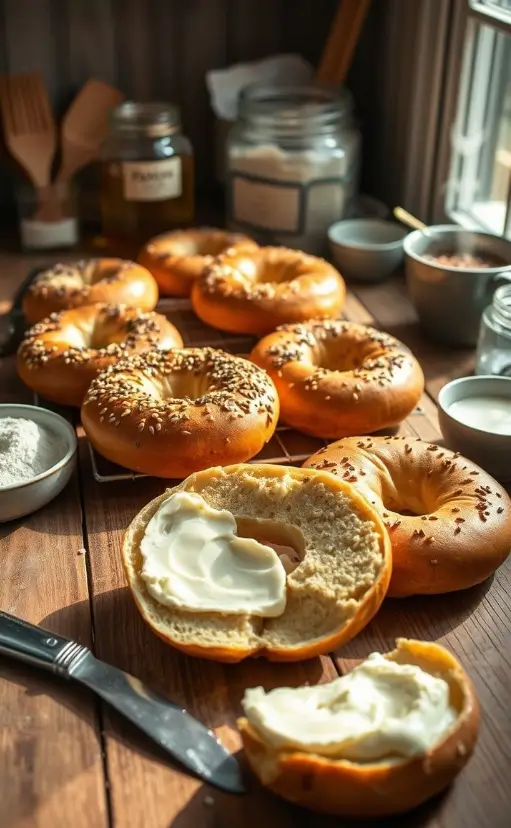
FAQ About Gluten-Free Bagels
1. Do gluten-free bagels taste different?
The best ones come close! Texture varies by brand, but options like Canyon Bakehouse mimic traditional bagels well.
2. Can I freeze them?
Yes! Slice first for easy toasting. They’ll keep for 3 months in the freezer.
3. Are they lower in carbs?
Not always—check labels. For low-carb, try almond flour or keto-specific brands.
4. Why boil before baking?
Boiling sets the crust, giving that classic chewy texture. Don’t skip it!
Gluten-Free Bagels

